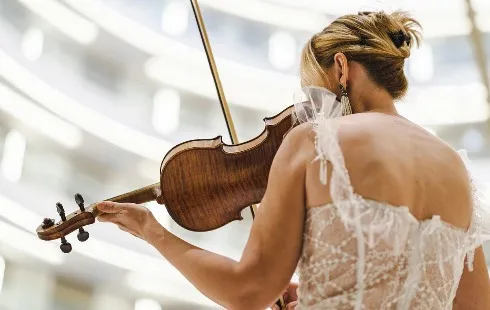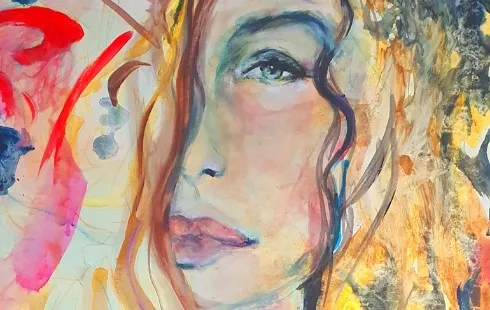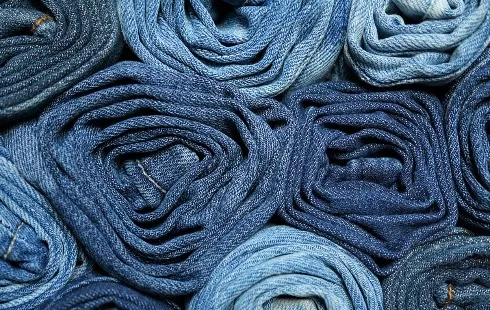
New Regulations Mandate Winter Tires for Trucks for Five Months Annually
Section: News
In February 2023, Louis Vuitton appointed Pharrell Williams as its new Men's Creative Director, following the legacy of the late Virgil Abloh. The announcement signaled a pivotal moment for the French maison, blending the rich heritage of one of the world's most iconic luxury brands with the multifaceted creativity of Williams, whose influence spans music, fashion, and cultural entrepreneurship. While his appointment was celebrated for its symbolic significance, it also carried practical implications: Williams was tasked not only with elevating menswear but also with harmonizing it with Louis Vuitton's globally recognized accessories, particularly its handbags and leather goods, which remain the brand's commercial cornerstone.
Williams' relationship with Louis Vuitton predates his appointment. In 2004, he collaborated with Marc Jacobs on the creation of the "Millionaire" sunglasses, and in 2008, he partnered on exclusive jewelry pieces. These early projects revealed his nuanced understanding of the brand's DNA, combining playful innovation with meticulous craftsmanship, a balance that would define his later work. By the time he assumed the role of Creative Director, Williams had cultivated a design philosophy rooted ininclusivity, cultural dialogue, and the fusion of tradition with modernity, qualities that perfectly aligned with Louis Vuitton's long-standing reputation for elegance and technical excellence.
His debut collection as Creative Director was unveiled during Paris Men's Fashion Week in June 2023, representing the Spring/Summer 2024 season. The show took place at the Pont Neuf, an iconic location that underscored the brand's connection to Parisian heritage. The collection was as ophisticated interplay between classic tailoring and contemporary streetwear, combining structured blazers with wide-legged trousers, deconstructed coats with soft turtlenecks, and flowing fabrics with voluminous outerwear. The palette featured earthy tones caramel, chestnut, olive, and deep taupe offset by jewel accents such as sapphire and emerald, and punctuated by subtle pops of citrus yellow and electric blue. These color choices reflected both timeless elegance and a nod to youthful experimentation, demonstrating Williams' ability to balance reverence for heritage with a forward-looking sensibility.
A defining element of the collection was the integration of accessories and leather goods. Louis Vuitton's handbags, while traditionally associated with women's fashion, were reinterpreted for menswear through sleek, structured designs in neutral and muted palettes. Iconic silhouettes like theKeepall,Messenger, andCapucineswere adapted with contemporary finishes, emphasizing discreet logos and refined hardware, aligning with the broader trend of "silent luxury." Footwear was similarly considered: polished leather boots, minimalist sneakers, and loafers with subtle tonal contrasts complemented each ensemble, reinforcing the brand's philosophy that luxury is both visible and understated.
While the runway showcased Williams' sartorial vision, the collection also highlighted cultural references and musical influences. Several pieces incorporated African-inspired patterns and motifs, echoing Williams' heritage and his ongoing commitment to celebrating diverse identities. The soundtrack featured exclusive music, including tracks produced by Williams himself, creating an immersive, multisensory experience that merged fashion, art, and performance. This holistic approach demonstrated how menswear could transcend clothing to become a form of storytelling, where each outfit contributes to a larger cultural narrative.
Pharrell Williams' work underscores an important strategic reality for Louis Vuitton: while menswear provides creative and cultural visibility, the maison's handbags and leather goods remain its primary commercial engines. Models such as theSpeedy,Neverfull, andCapucineshave become symbols of global luxury, representing status, quality, and craftsmanship. These items are not only highly profitable but also serve as the most visible ambassadors of the brand worldwide. Williams' challenge and opportunity lies in integrating menswear into this ecosystem, ensuring that clothing complements and enhances the impact of Louis Vuitton's signature leather goods while appealing to a new generation of luxury consumers.
Another notable aspect of Williams' collections is the attention to detail and materiality. Fabrics range from lightweight linens and silks to high-quality wools and brushed cottons, all chosen for both texture and longevity. Jackets often feature hand-stitching, subtle patterning, and innovative cuts, while trousers explore volume and movement through pleating, balloon shapes, and asymmetrical hems. Even seemingly minor elements, pocket placements, lining materials, button finishes, reflect a meticulous attention to craft, reinforcing Louis Vuitton's reputation for excellence. The interplay of these micro-details contributes to a wardrobe that is simultaneously modern, versatile, and durable, echoing the values of a generation increasingly interested in mindful luxury.
Williams' vision also extends to accessories, jewelry, and eyewear, which serve as crucial components of his menswear narrative. Sunglasses, particularly aviator and retro-inspired frames, were paired with leather belts and understated rings, emphasizing cohesion without overt branding. Jewelry pieces featured minimalist designs in gold and silver, favoring geometry and subtle embellishment over excessive ornamentation. The result is a complete look in which clothing and accessories communicate refinement, confidence, and cultural awareness.
Beauty and grooming were integral to the runway presentation, reflecting the broader ethos of understated luxury. Models wore natural, luminous skin with light blush and neutral lips, while hair ranged from sleek ponytails to relaxed, textured waves. This alignment between wardrobe and personal presentation reinforced the overarching narrative: sophistication in 2025 is defined by subtlety, coherence, and a balance between personal expression and timeless style.
Beyond aesthetics, Williams' tenure represents a cultural recalibration within the luxury industry. By merging music, heritage, and fashion, he exemplifies the rise of multidimensional creative directors who operate across media and art forms. His approach challenges the traditional separation between runway and street, between haute couture and everyday wear, demonstrating that luxury can be both aspirational and relatable. It also reflects a deeper awareness of the global fashion audience, which increasingly values authenticity, inclusivity, and connection alongside technical excellence.
Under Williams' guidance, Louis Vuitton is poised to enter a new era of creativity, one where fashion, music, heritage, and innovation intersect to create a holistic vision of luxury that resonates worldwide.

Section: News

Section: News

Section: Arts

Section: News

Section: Arts

Section: Arts

Section: Fashion

Section: News

Section: News

Section: News
Health Insurance in Germany is compulsory and sometimes complicated, not to mention expensive. As an expat, you are required to navigate this landscape within weeks of arriving, so check our FAQ on PKV. For our guide on resources and access to agents who can give you a competitive quote, try our PKV Cost comparison tool.
Germany is famous for its medical expertise and extensive number of hospitals and clinics. See this comprehensive directory of hospitals and clinics across the country, complete with links to their websites, addresses, contact info, and specializations/services.
Join us for the Funny Bones MC event in Karlsruhe at Jubez on the 16th of October. Experience an entertaining evening filled with laughter and fun. Whether you're looking to enjoy a night out with friends or seeking a unique experience, this event promises to deliver joy and amusement.



No comments yet. Be the first to comment!